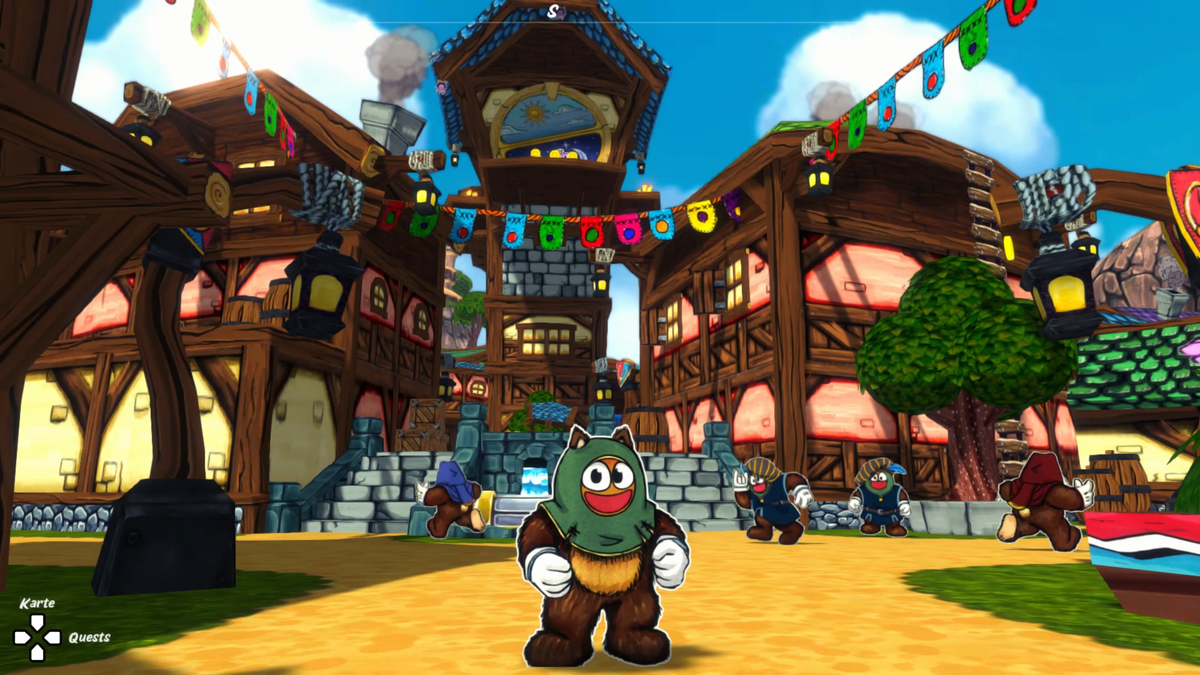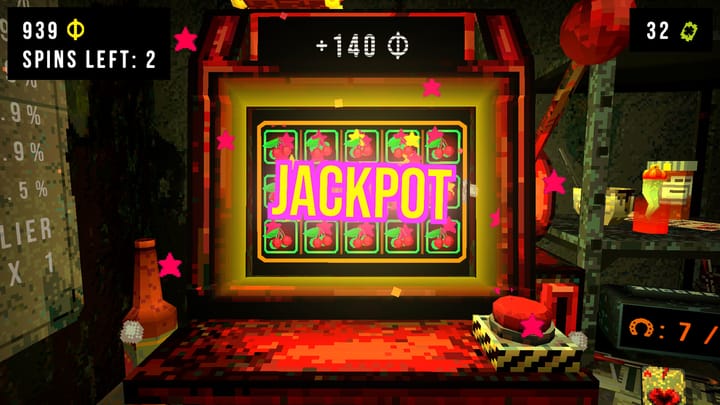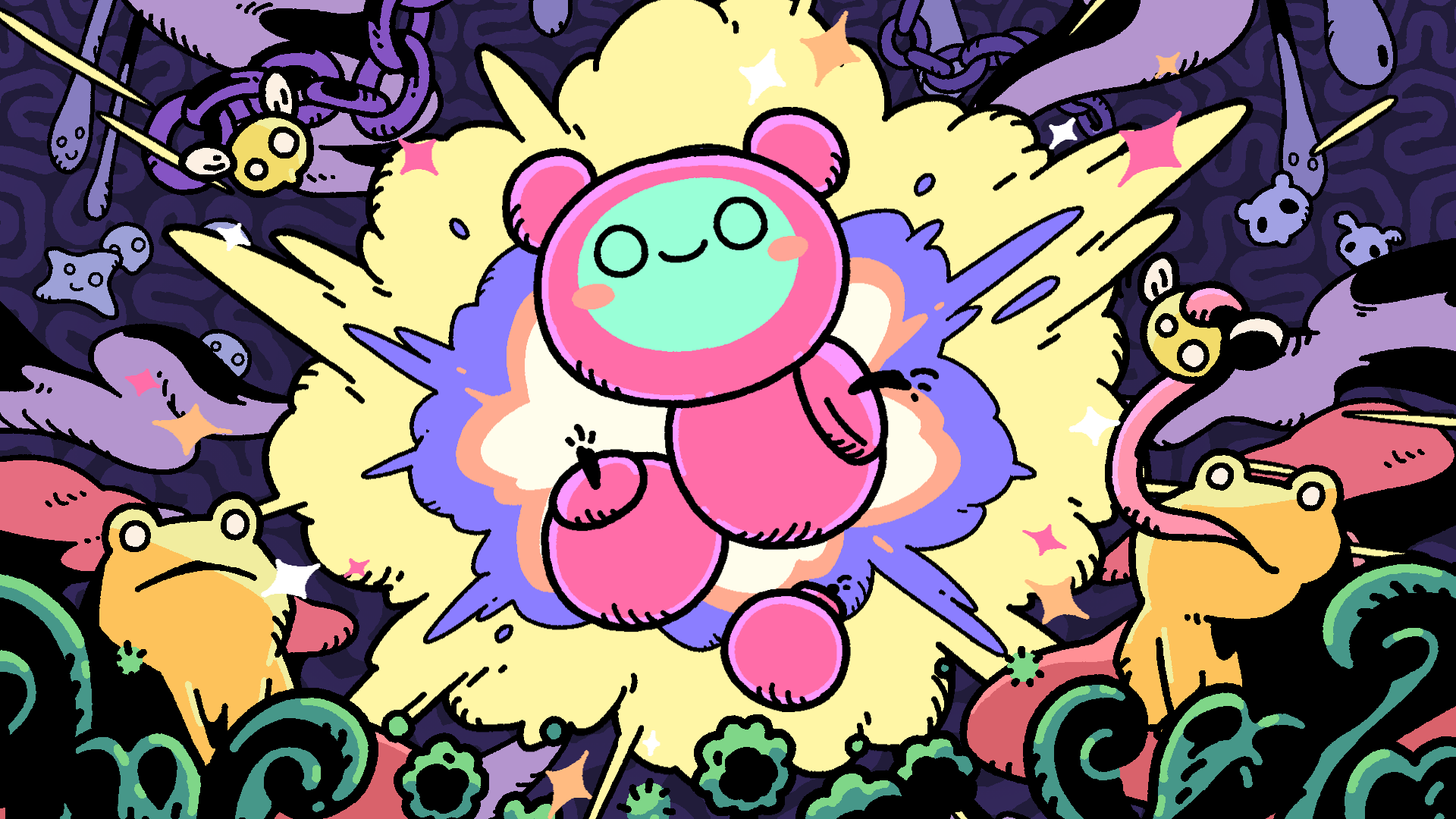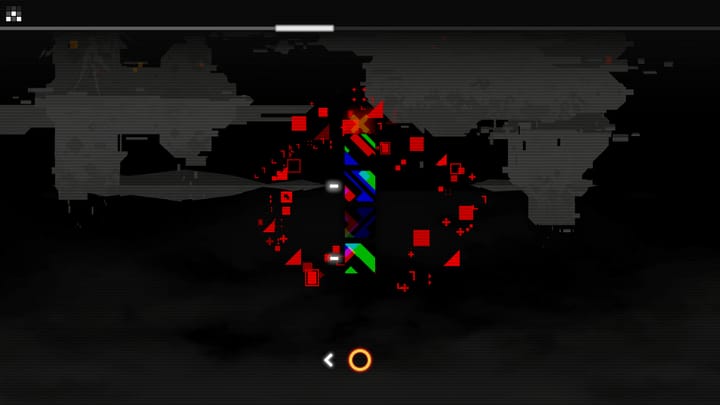Despite its early promise, fuelled by an intriguing texture-swapping mechanic, Zockrates Laboratories' 3D collectathon quickly loses steam and much sign of ambition – a platformer that feels inadequate and at times, unsure of itself.
While the rest of the world may have been quick and/or comfortable on the notion of rendering platformers a thing of the past, I together with the humble niche of enthusiasts still dream for the likes of another great platformer or five. Consider it that curious marriage of clever level design, tight and versatile controls, gameplay mechanics that have some inherent influence on both surroundings and one's self. Not to mention the occasional spot of some nifty character designs and sure, a healthy dose of nostalgia is never too far away, if we're being completely blunt and honest here.
The point is, there's so much you can prescribe to the joys of modern-day design that means platformers can and will thrive in a market as extremely-saturated as we now find ourselves in. But as we all know: nostalgia, or perhaps more specifically, that longing for the feelings and vibes of yesteryear, will only get you so far. To truly prosper in this day and age – let alone get the overruling approval from the more enthusiast crowd of platformer fans – games need to instill their own unique identity. More so, this identity of sorts has to extend beyond just the surroundings and the aesthetic, but into gameplay on top for it to truly shine.
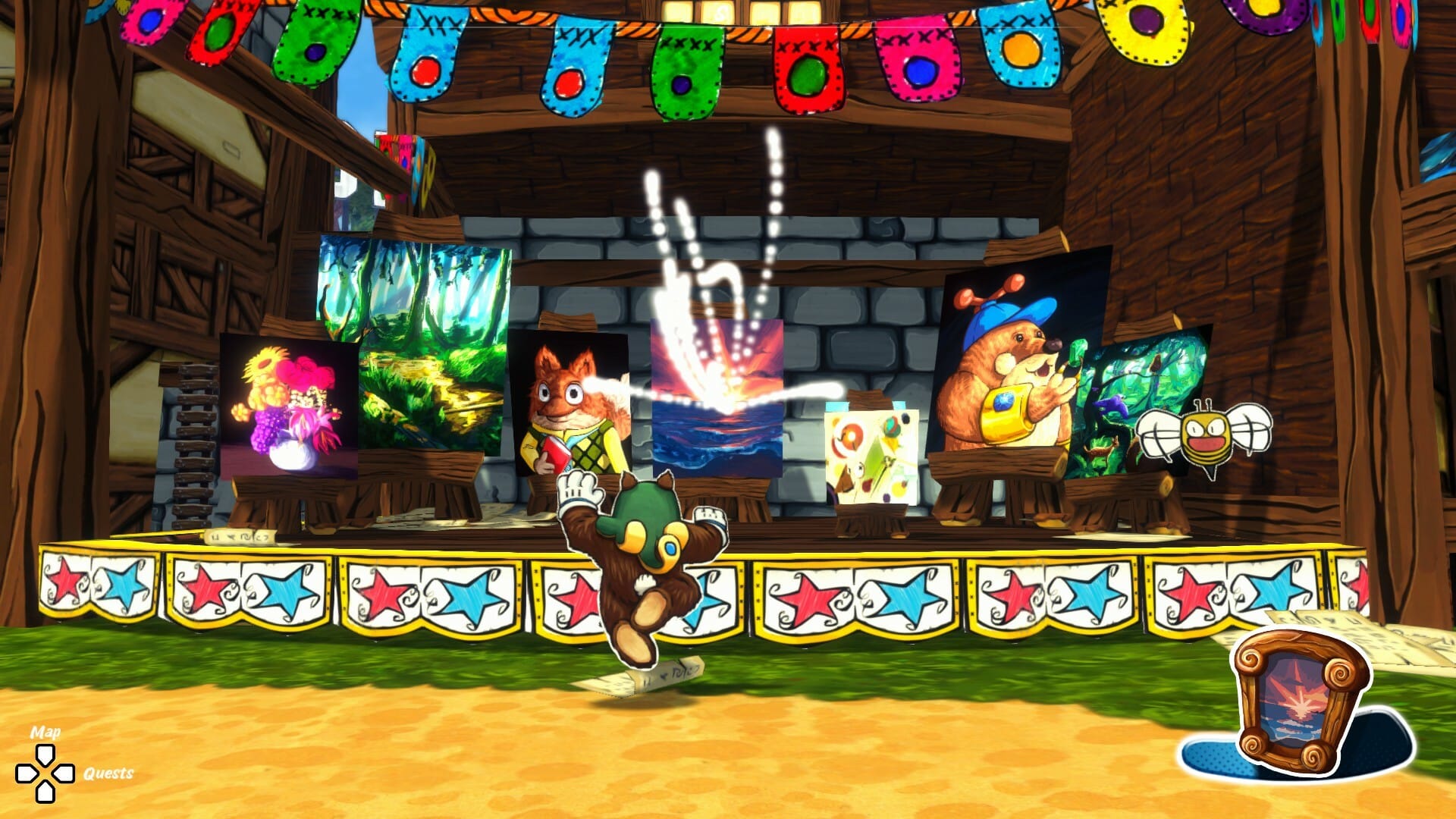
With that in mind, it's no wonder that a game like Ruffy and the Riverside did so well to stand out initially. Not to say points won't be scored on the visual side, by people like myself; 2D characters set within a 3D-rendered world is one, but the fact said characters seem to be drawn and constructed as if through felt-pen markings. Look closely and you can almost pick out the rapid back-and-forth markings left in each character's sketched existence.
The fact that it's only now I'm muttering anything pertaining to Ruffy's core gameplay mechanic – the "swap" feature, allowing you to swap the texture (and its associated elemental properties) of one object with another – should, again, be read as early signs of promise. At last, akin to a game like Tinykin before it, Ruffy and the Riverside just may well be the next inventive reminder that platformers are in no way a relic of a bygone era.
And to some extent, that sentiment does ring true here. Ruffy and the Riverside does at least have a solid-enough idea, with the kind of structure and general progression that caters to the collectible-fueled sickos of the late-90's and early-2000's. One can only hope, at the very least, this swap mechanic will lead to some interesting spots of emergent, sandbox-like eureka moments.
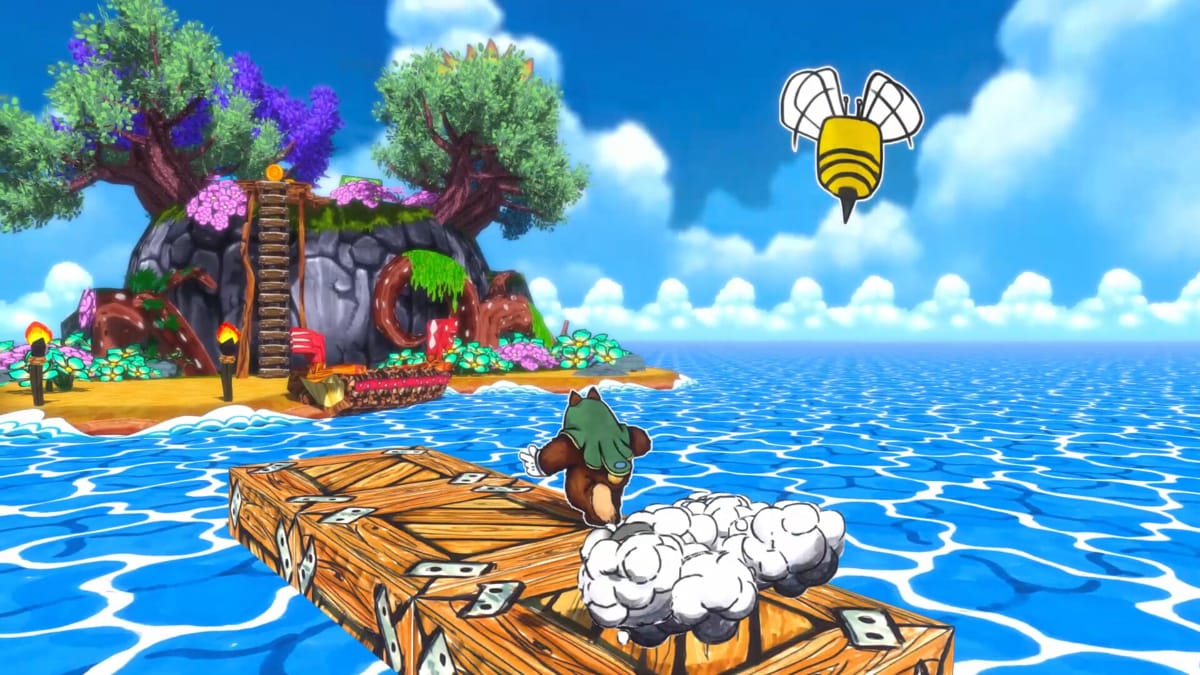
Alas, it's not to be. Whether by a limitation in resources – financial, personnel, time or something else entirely – or simply this somewhat disappointing feeling of "this'll do" permeating a lot of the game's design, there's an air of absence and hollowness that runs through a vast chunk of Ruffy and the Riverside. From the brief simplicity of its latter-period levels to the more disappointing realization its swap mechanic isn't as fleshed out or as sandbox-styled as one had intially suspected.
Ruffy and the Riverside does at least have some ideas at its disposal, which in a way gives its introduction a fairly commendable head-start over many a platformer prior. And there is some intrigue that is mustered from its early challenges. Figuring out how and where to convert stone objects to wooden ones for example; getting the right colour applied to a certain device so that seemingly out-of-reach areas are now rendered accessible. Making that logic, assumable leap so that particular patterns can be formed – knowing what elemental properties must be found so as to trigger certain reactions in the world.
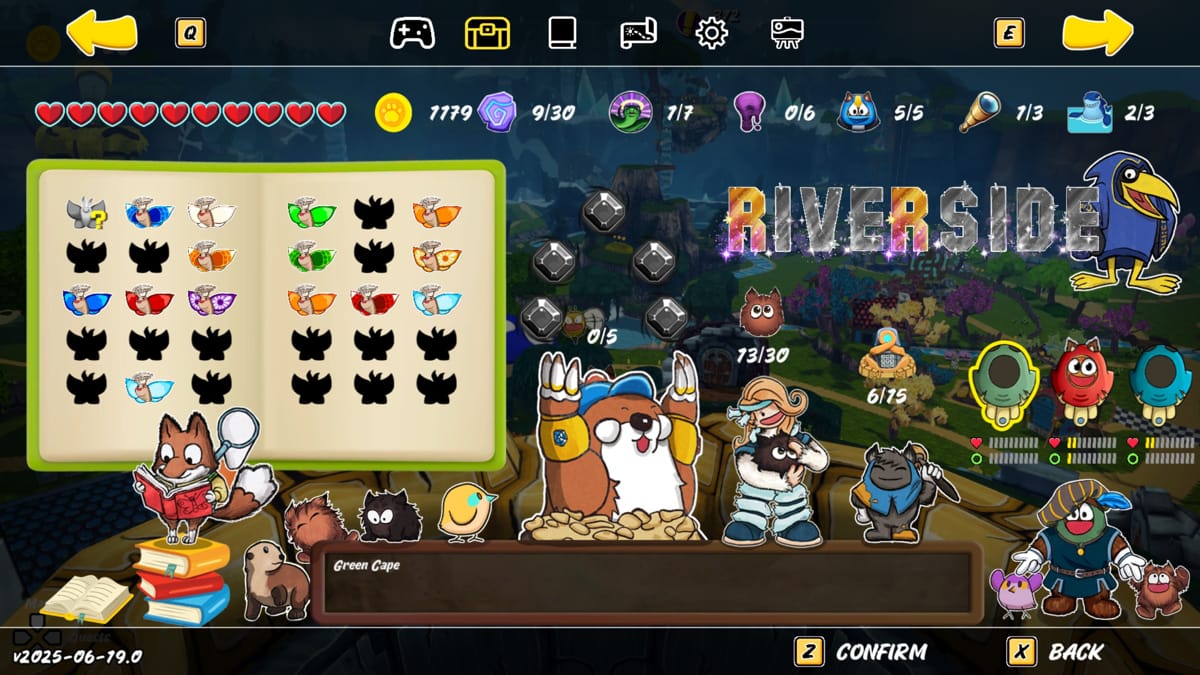
There's no denying Ruffy's opening hour succeeds as an introduction to what's taking place. And at its best, Ruffy and the Riverside can find the ways and means to utilize its swap mechanic in some interesting-albeit-brief segments of distraction. But sadly, this promise (albeit, personal hope) never fully materializes. Its individual, segmented stages beaten and done far too quickly, its "conundrums" all too simplistic. And worse still, as if secretly acknowledging its own shortcomings, forcing players at points to participate in needlessly padded fetch quests that have you go from one corner of the map, to the other...only to return to the very point you started at.
It's bad enough the objectives, challengers and "quests" incorporated don't feel all that interesting or inventive. Having players repeat the exact same objective – taking part in a certain race five times for example – albeit with a slight variation on an opponents speed, doesn't quite cut it. Worse still is that utilizing your characters swap mechanic very quickly reverts to merely brute-forcing different textures until the required success state is triggered. The fact that not every texture type can be mapped onto interactive objects, is telling. Meaning that Ruffy's core gameplay hook, very quickly reveals itself as far less versatile and exciting than its premise might imply.
Again, the disappointment isn't so much in these hidden limitations, but rather the game sports some semblance of how even through restriction, this could work. Platforms that require you to map arrows onto them so that they move in a certain direction; how objects that are in fact made of wood and not stone and the consequence this might bring.
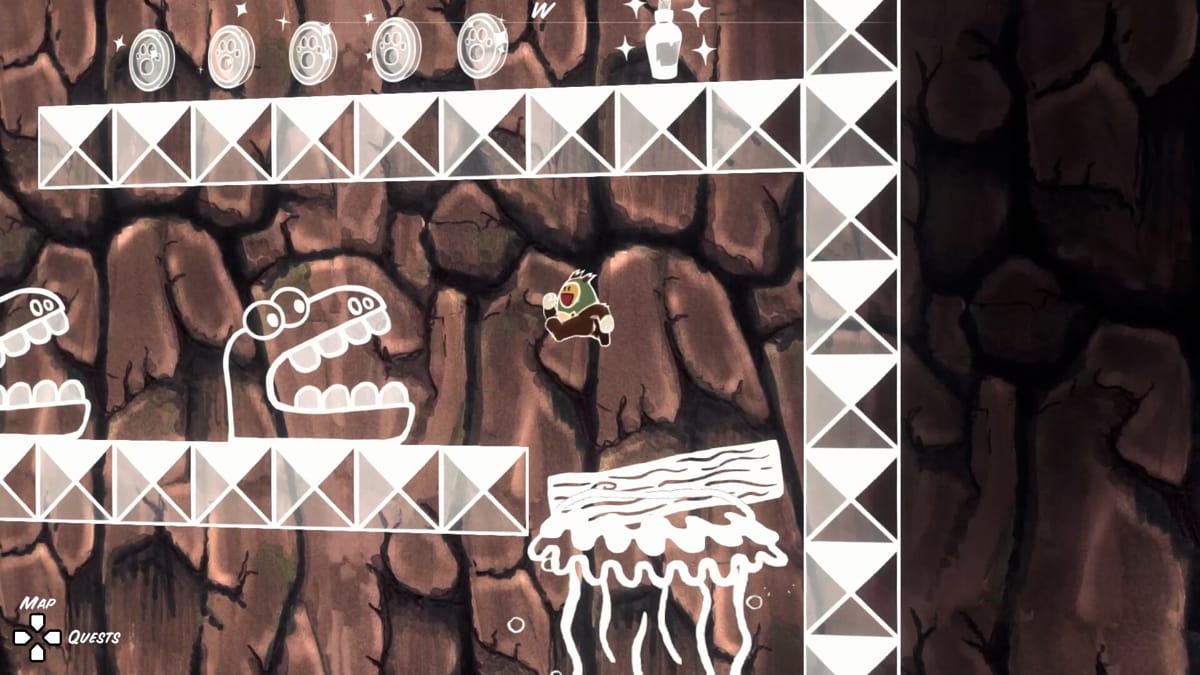
Yet for every spot of potential, Ruffy and the Riverside decides against expanding or exploring this concept. At its worst, incorporating some utterly bizarre and misplaced design choices that only go further at embedding frustration. The biggest culprit is the [granted, entirely optional] means by which one can upgrade your health and stamina meter. A clearly-blatant spot of inspiration taken from The Legend of Zelda's most recent console outings. But rather than simply letting players choose the upgrades they want, are forced to partake in a needless slot machine that not only doesn't guarantee the upgrade desired, but even which cape (of which there are three colours to purchase/upgrade) even gets upgraded.
Granted, the cost of admission is rendered irrelevant given the ample amount of coins the game showers you with over the course of one's quest. Even so, on principle, this is a terrible design choice. One that is clearly governed by a developer's love for a specific game...and nothing else. And the less said about the intermittent ball-rolling/ball-pushing puzzles – that seem eerily similar to a certain game's "Shrines", the better. There's nothing wrong with borrowing ideas from other sources, but in the case of Ruffy and the Riverside, these implementations feel present for no other reason than the developers assuming they'll work in all contexts.
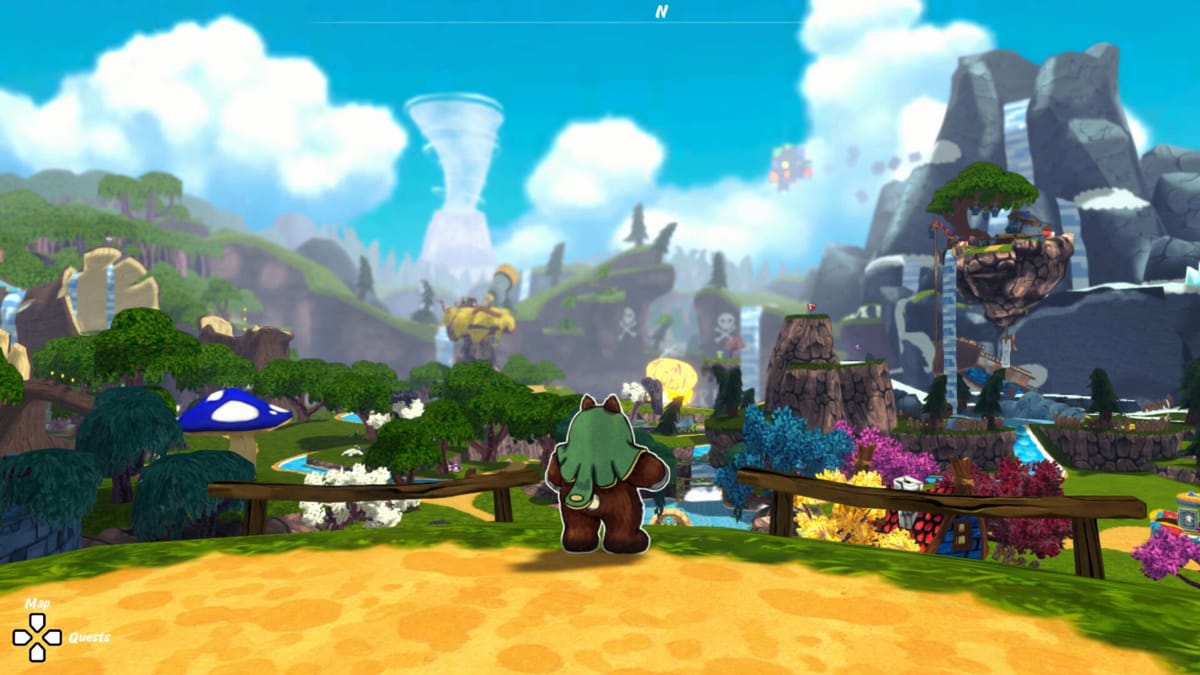
This all may sound predominantly negative, yet it's only because Ruffy's premise sounds promising and genuinely inventive an approach to puzzle-solving in a 3D platformer, that such a reaction feels far more consequential. Not least when, as noted, the game does break free from out its monotony with some attempt to orchestrate a decent spot of platforming or puzzle-solving.
The optional glyphs one has to construct through a 3x3 grid, arguably this game's best execution on its texture-swapping premise. Knowing not just what symbols to swap, but making sure not to erase/overwrite those you'll need in the final phase, the kind of optional collectible one voluntarily goes out of their way to hunt down. Squint hard enough and the good ideas do spring to the forefront.
Ultimately though, beyond a sound introduction – an opening that should've paved the way for a brighter and better execution – Ruffy and the Riverside can only settle for a solid concept, that doesn't quite know how and where to build off and out from. Add to this one too many instances of bare-bones level design, with some added padding that does little to disguise its shallow attempt to appear lengthy and/or fulfilling. Hard as it is to deny Zockrates Laboratories have stumbled upon something truly inventive and mechanically-curious here, Ruffy and the Riverside seldom feels like it's all that certain or indeed confident wielding what it has. An idea that increasingly feels accidental in discovery, rather than deliberate in creation.



